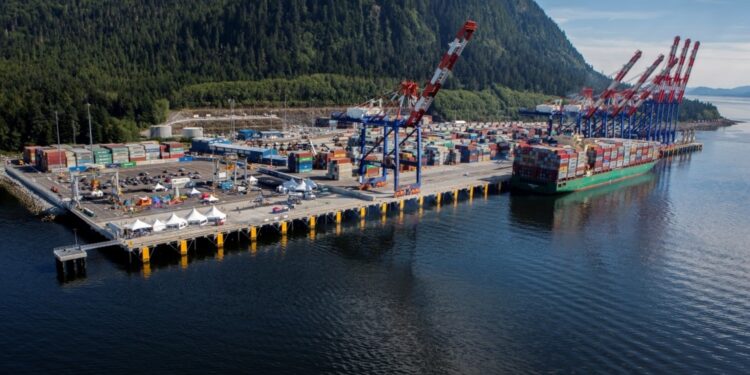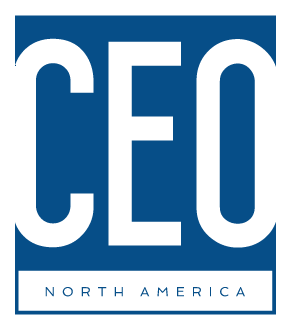Prince Rupert port is the jewel of the crown in times where Trump tempts to battle everyone and everything.
Shippers have discovered Prince Rupert is often the quickest, most reliable, and cheapest route to get everything from Nike sneakers, Microsoft computers and John Deere tractor parts from Asian factories into the US heartland.
Empty containers on the return trip, in turn, create an opportunity for Canadian lumber and grain producers to expand exports to the world’s fastest-growing markets. The town’s proximity to Asia is a built-in advantage —up to 58 hours closer by sea than any other North American gateway— which for ships traversing the route can mean roughly one additional round-trip voyage a year.
In 2017, Prince Rupert’s port-wide volumes surged 28% to a record 21.7 tons. DP World’s $200-million expansion readied Fairview to accept the largest vessels at sea, which are increasingly favored by shippers seeking to load more containers to reduce costs. Within months, the facility welcomed the largest ship to ever dock at a Canadian port — the Himalayas which, if vertical, would tower over Canada’s tallest building.
At the 24-hour container terminal, massive cranes soaring as high as a 20-storey building pluck steel boxes off a ship onto a line of trucks below. Nearby, rail cars wait on track laid directly on the dock by Canadian National Railway Co., whose 32,000-kilometre network connects the Pacific coast, the Atlantic, and the Gulf of Mexico. The ship-truck-rail transfer is so seamless — unhampered by the urban congestion plaguing larger rivals like Vancouver — that two trains of goods can already be on their way before a vessel is fully unloaded.
From Prince Rupert, it’s a 90-hour shot to Chicago, mostly on a natural downgrade through Canada’s sparsely populated interior, meaning rail cars rattle their way to the distribution heartlands of America faster than over any other competing route.
So precise and consistent is the path —Microsoft Corp. says it can track arrivals almost to the minute— that the technology giant at times has shipped Chinese imports bound for California via Chicago rather than through a California port.
In the other direction, exports of containers stuffed with grains — a deviation from the traditional bulk method of pouring grains directly into ships at specialized terminals — are booming.
Some aren’t convinced that Trump’s trade battles with China, Europe and Canada won’t hamper port shipments at some point. The town’s future may now be tied to a metal container. While tariffs and commodity cycles can strike grain, coal and oil terminals, global container traffic is surging as shippers seek to cram more products into the giant, Lego-like cubes that make freight easier and cheaper to handle.
In fact, Trump risk aside, containerization has likely been a bigger driver of globalization than free trade in the post-Second World War era, boosting trade by as much as 1,240%, according to one study in the Journal of International Economics.
Meanwhile, signs of prosperity are cropping up in Prince Rupert. The town recently saw its first near-$1-million home — a 4,960-square-foot residence perched on a bluff overlooking one of the world’s deepest natural harbours.
The mayor says so many residents are renovating their homes that the municipal landfill is running out of space.












